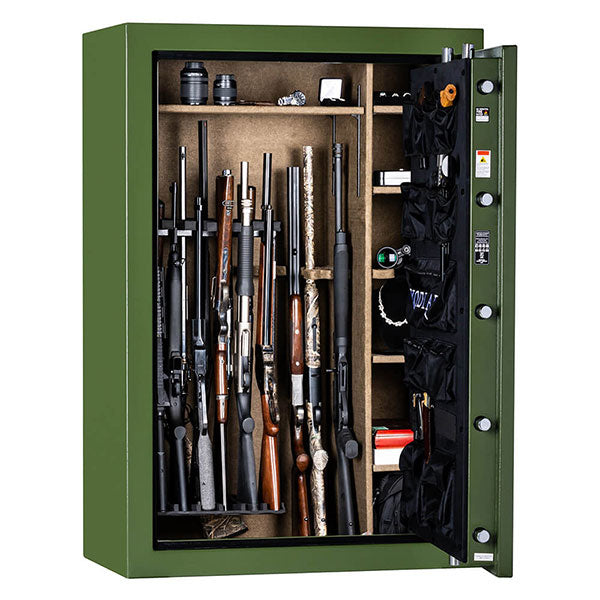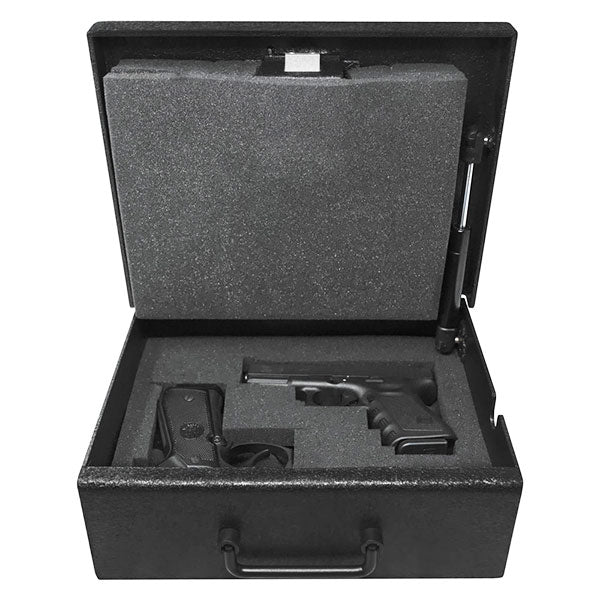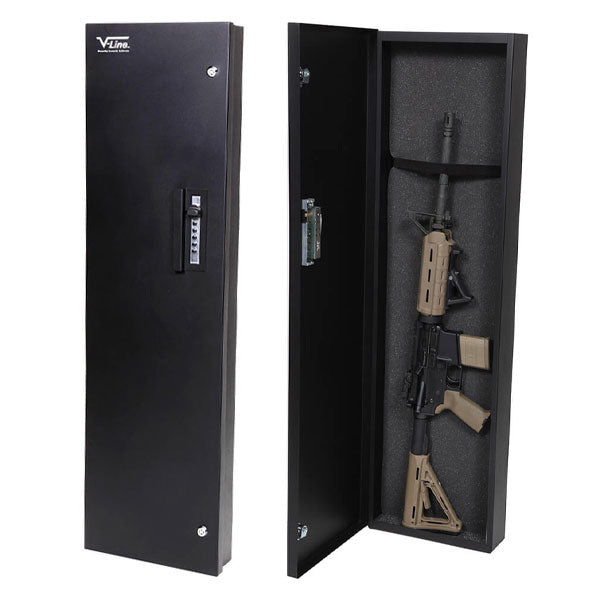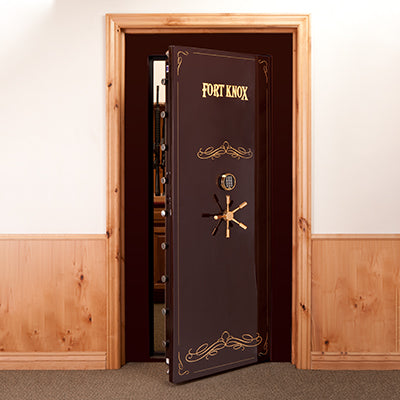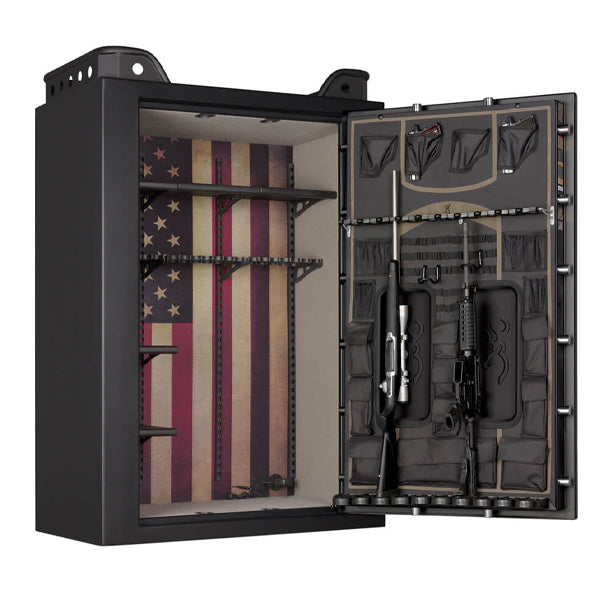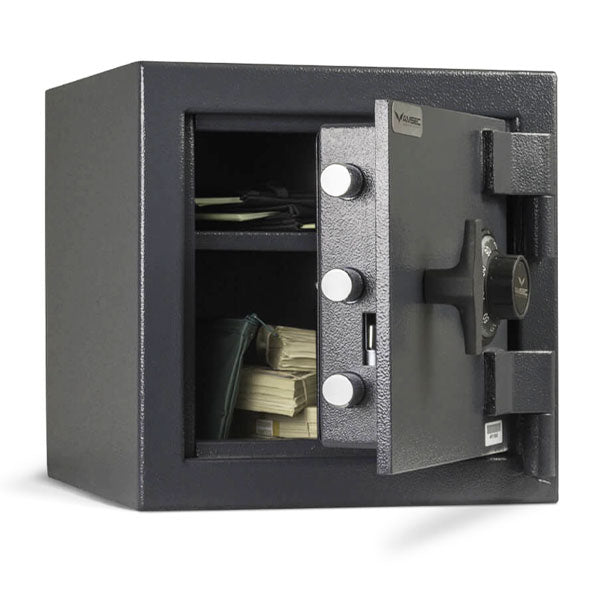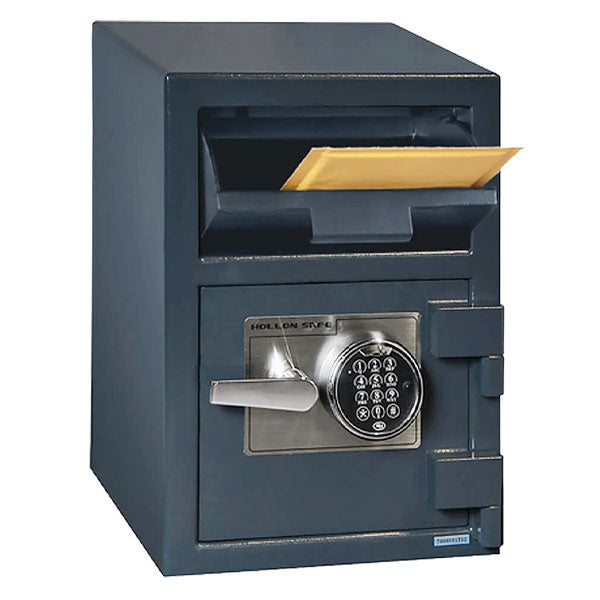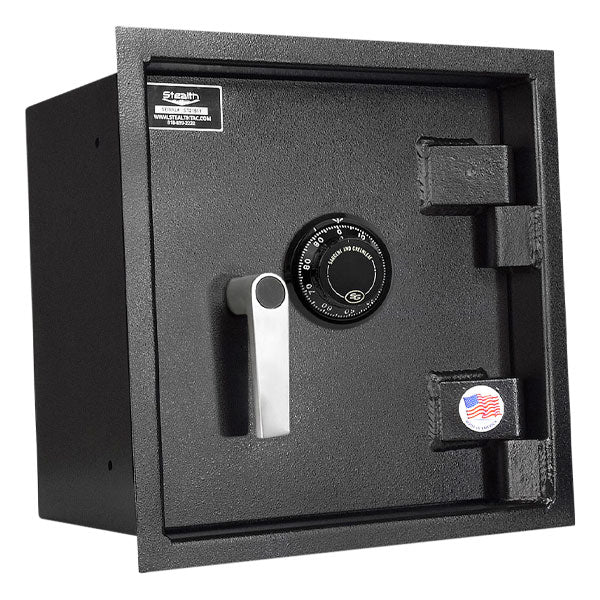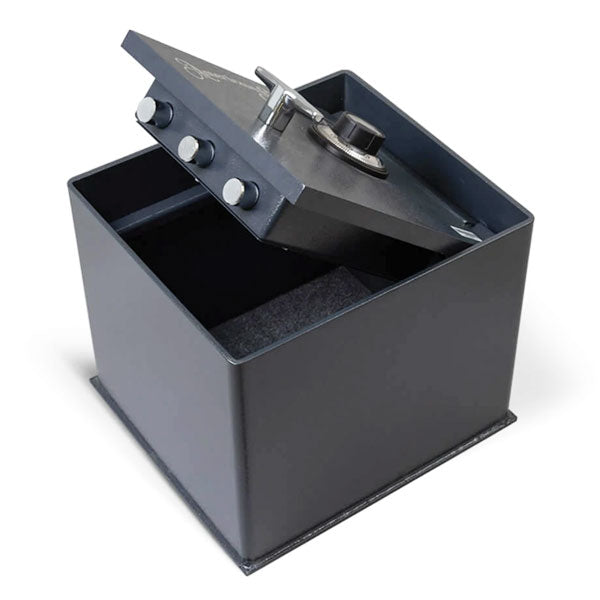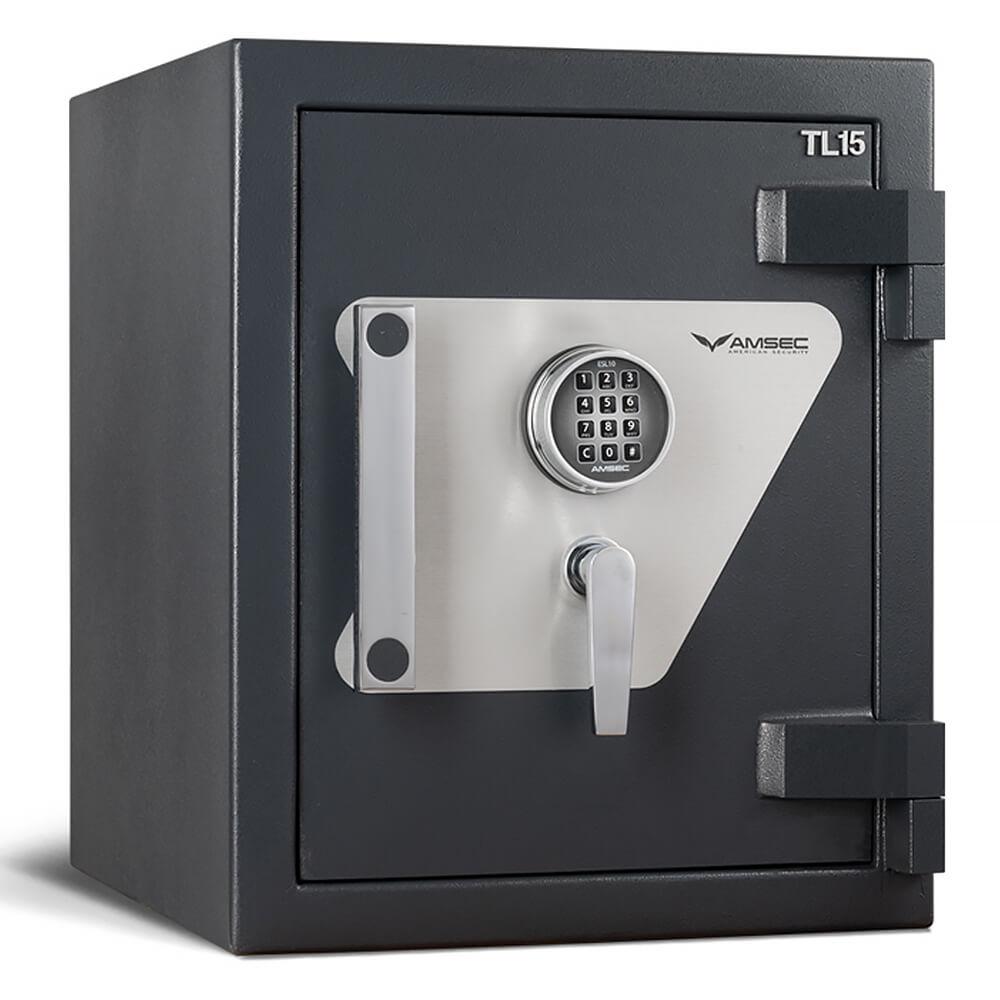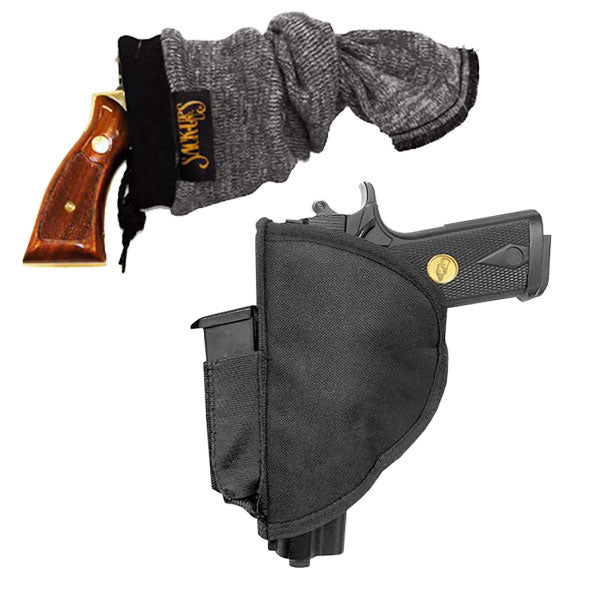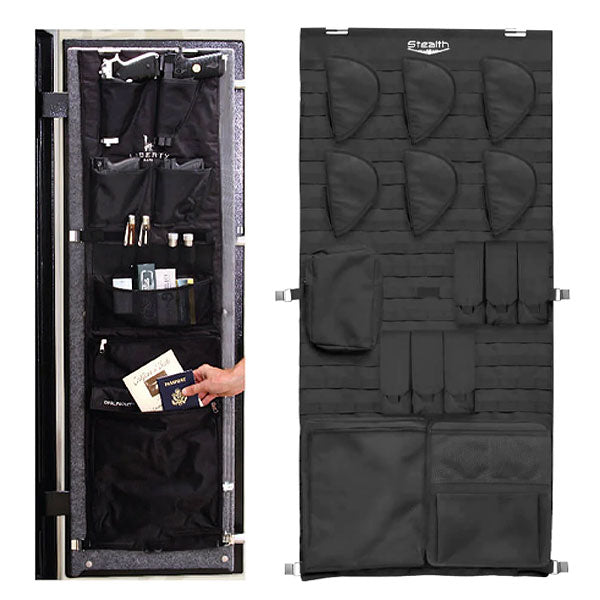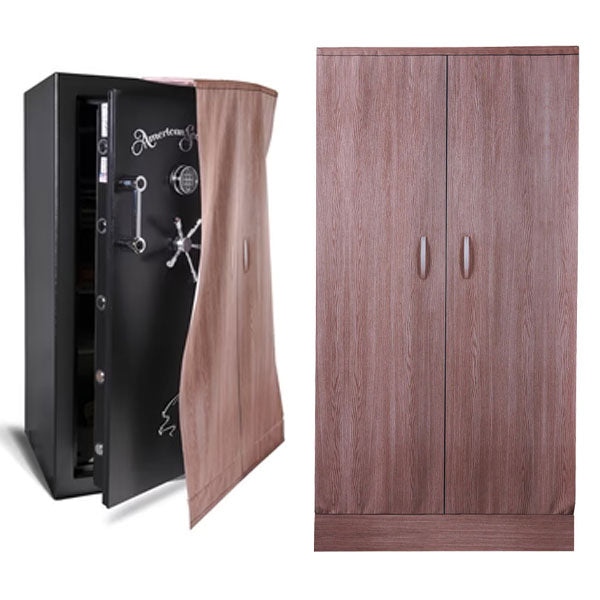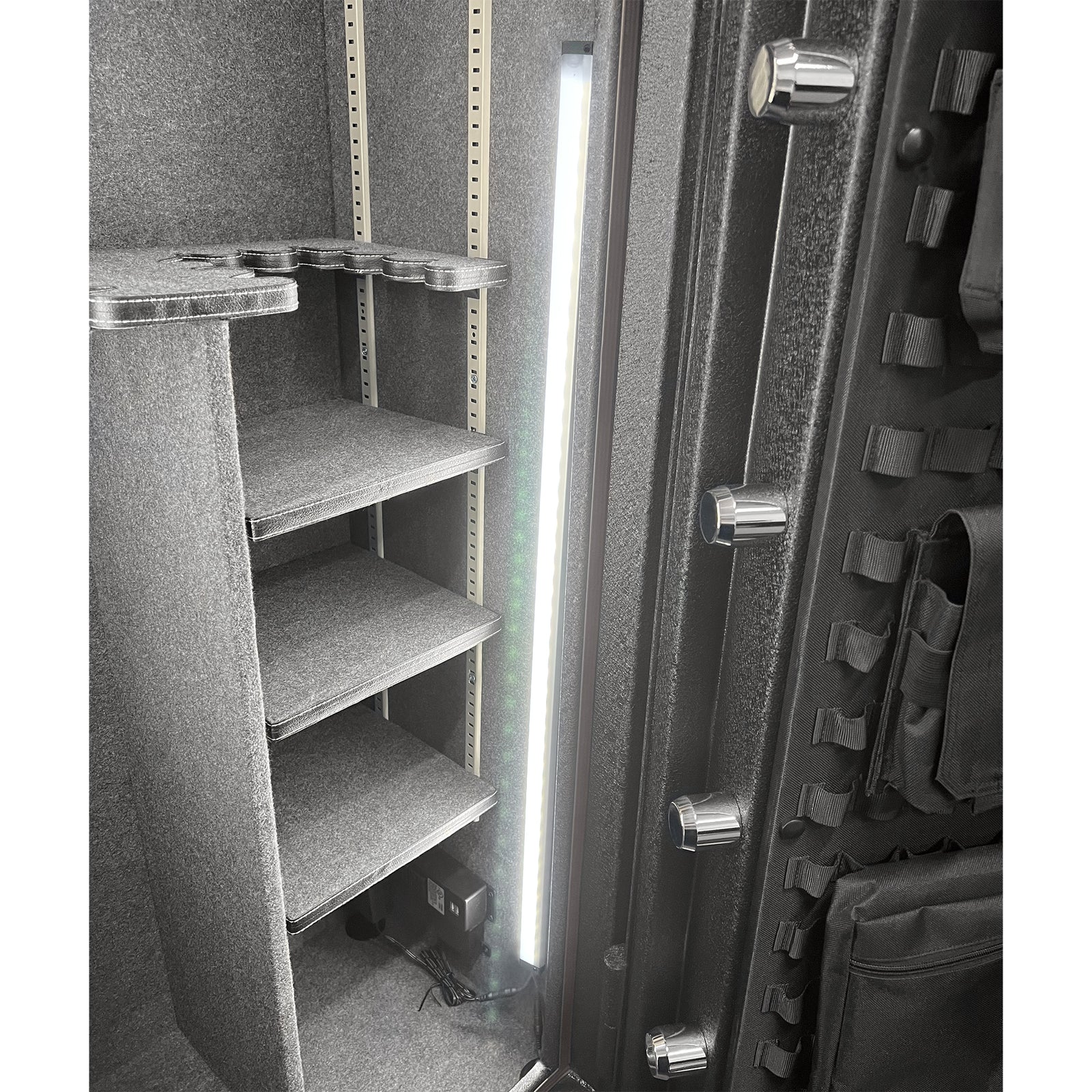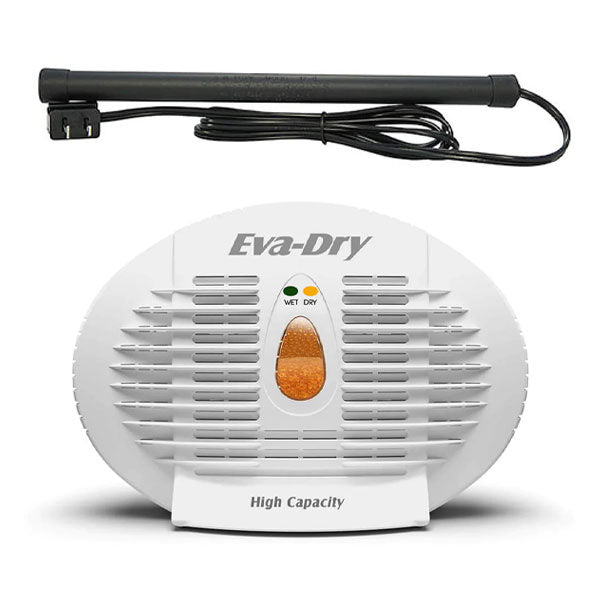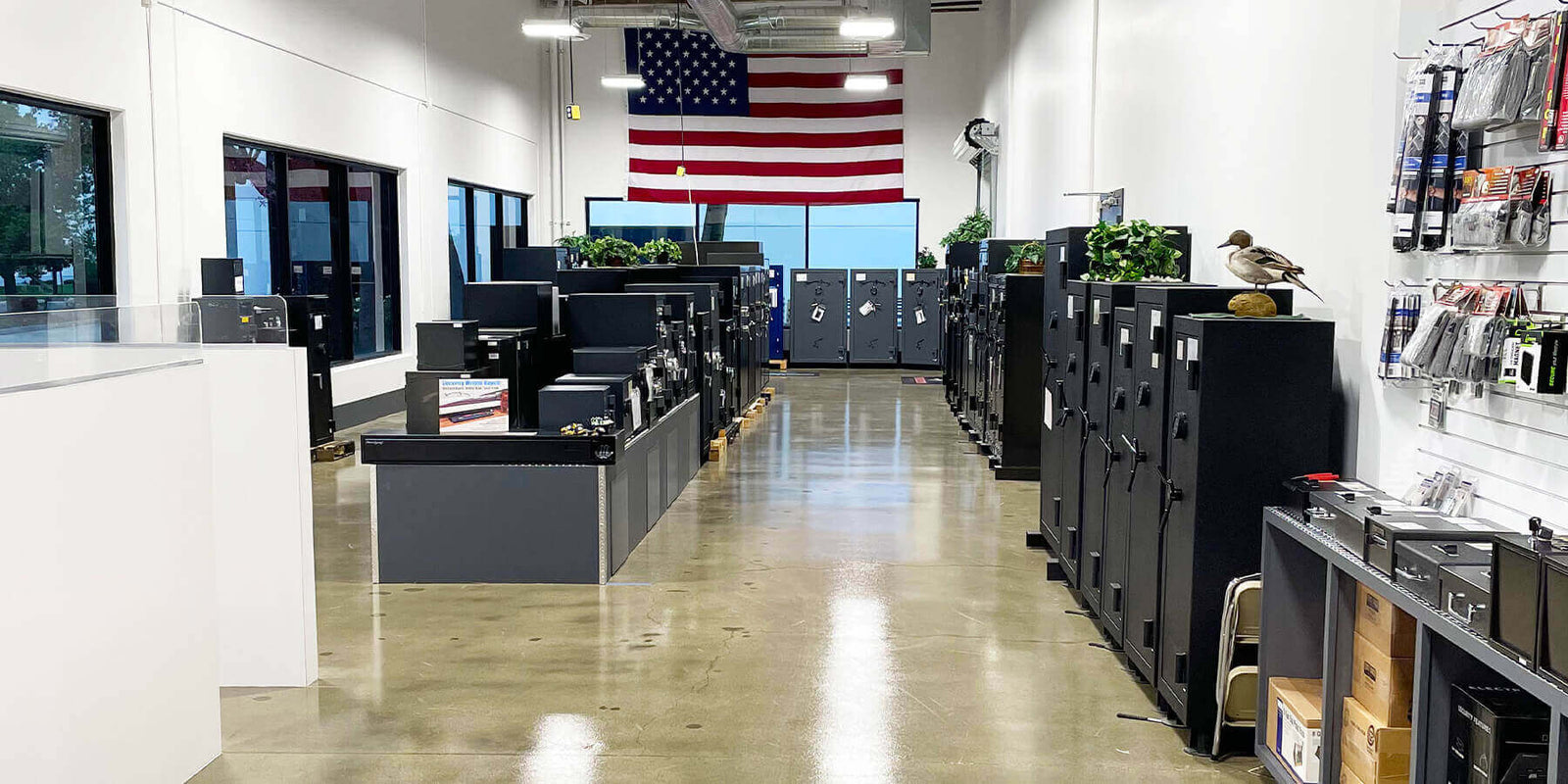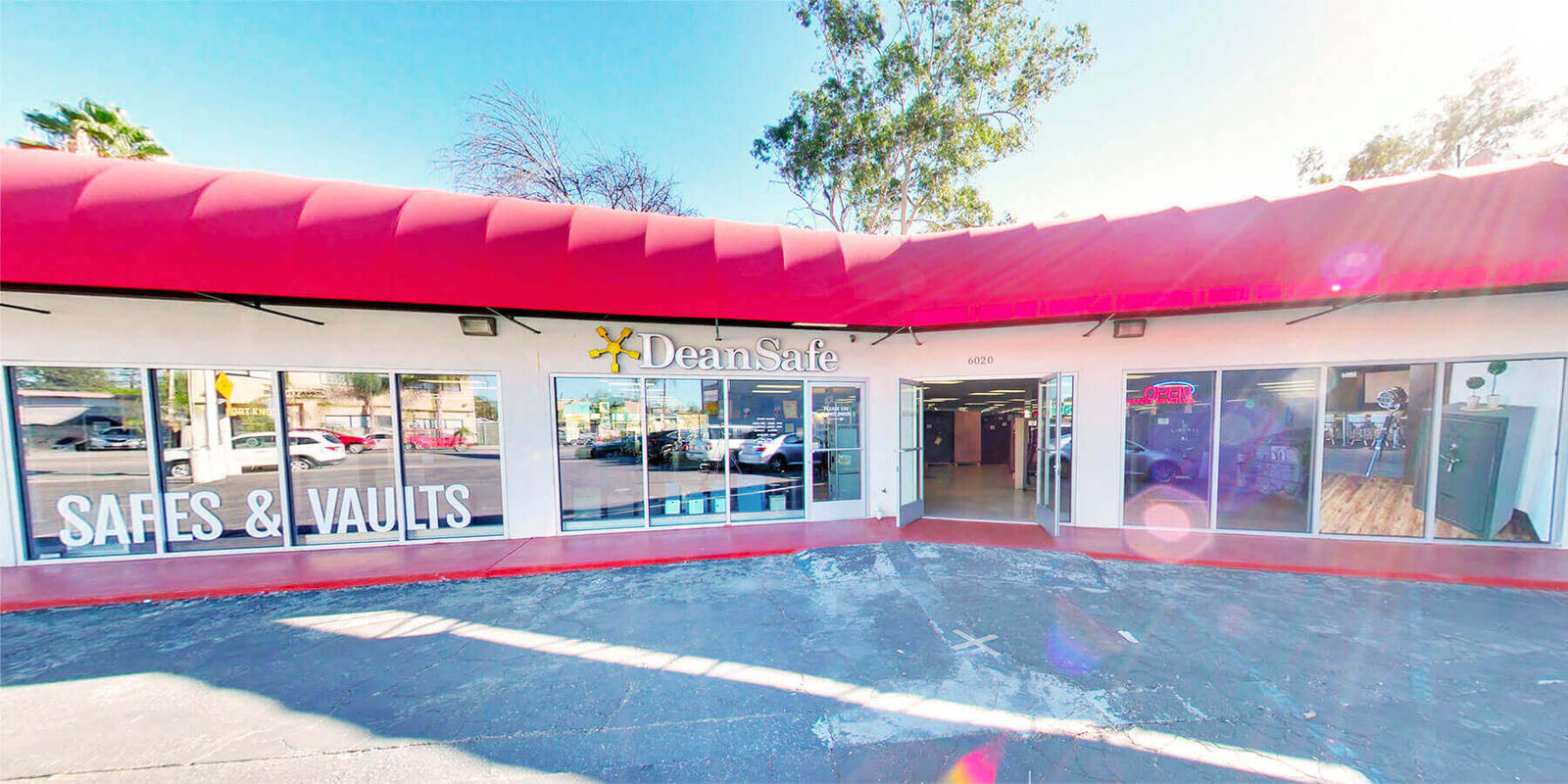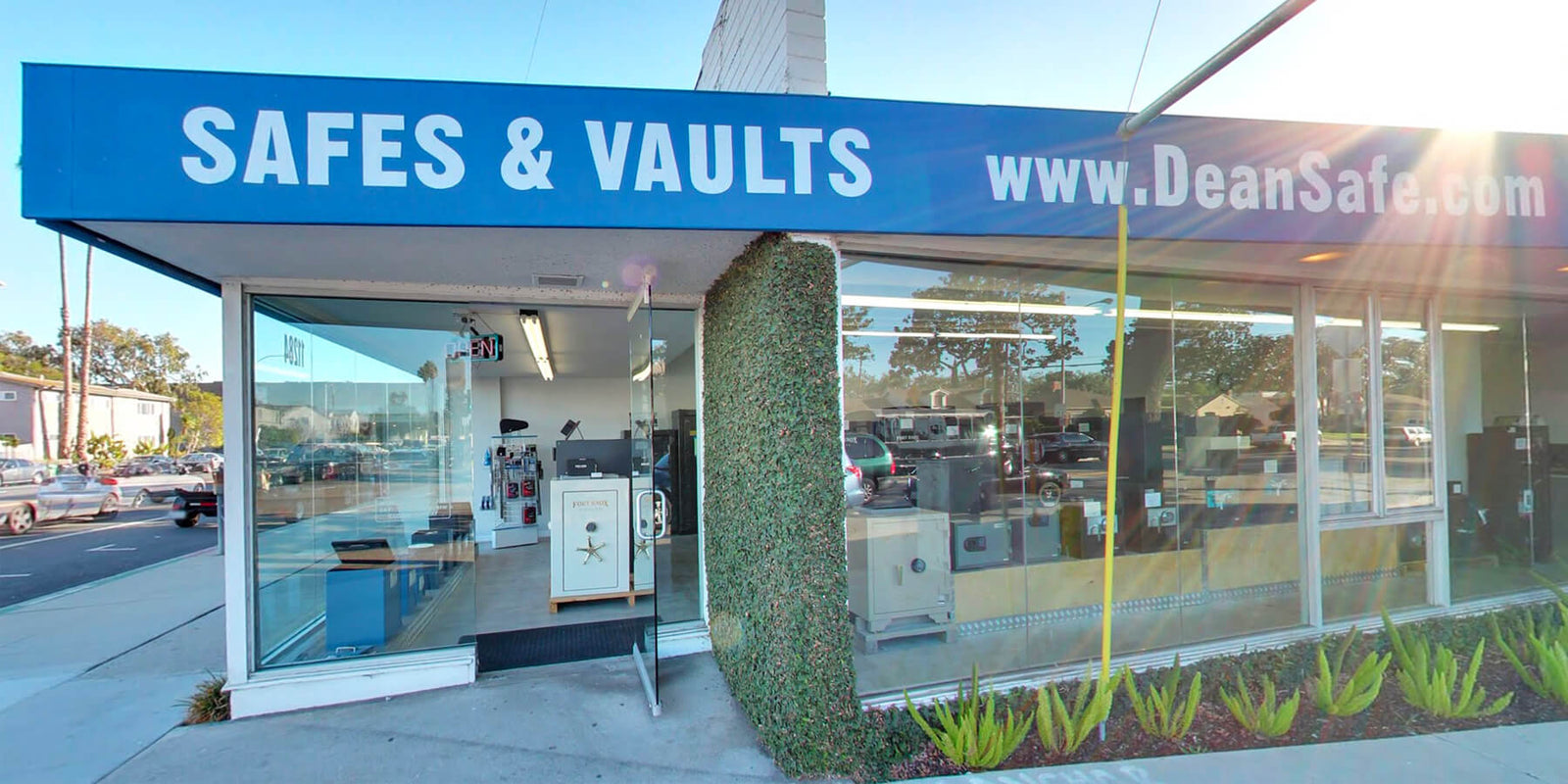Moisture, Humidity and Gun Safes
Moisture, Humidity and Gun Safes
How do you spell "humidity" inside a safe? - D-I-S-A-S-T-E-R, that's how.
Moisture inside a safe means damage to the contents. Guns can get rusty, jewelry can tarnish and documents and cash will get mildew and smell. Photographs can be damaged so badly that they are beyond repair. Condensation inside a safe can speed the decomposition of medications that are kept inside a safe. You spent good money to protect your valuables from outside sources, so why let them get harmed inside the safe.
A safe placed in a non-temperature controlled environment (like a garage or shed) is subject to major changes in temperature between day and night. This causes condensation and evaporation; therefore, moisture and damage.
Some fire safes are lined with a type of wallboard that contains moisture, so it's only natural that there could be a problem. Safes located near a body of water are subject to moisture collecting inside. Even safes placed near a laundry room or steamy showers are susceptible to dampness. But don't freak out! This problem is easily fixed.
There are several dehumidifying products (or desiccants) made with silica gel available on the market. Silica gel absorbs moisture from the air, and everyone has seen silica gel in one form or another. When you buy a pair of shoes, that's what's inside those little square packets in the shoe box. You buy the shoes and then throw away the packet because half the time nobody knows what it is anyway. Besides, it has probably absorbed all the moisture it can hold and serves no further purpose. But who wants to fill up their safe with hundreds of little packages?
EvaDry uses water glass technology in making their high-capacity dehumidifier.
These canisters contain specially designed crystals with a very high absorption rate to remove moisture from the atmosphere. They are available in different sizes for use in a safe - the size of the safe depends on the size of the canister you need - and they are renewable. The crystals inside are odorless and non-toxic. They start out blue, but as they absorb the moisture in the air (at a rate much higher than traditional silica gel dehumidifiers) the beads turn pink. This is all visible in a little window monitor on the front of the canister so there's no more guessing when to dry out the desiccant. When all the crystals are pink, it's time to recharge the unit. At that point, it's like dipping a soaking wet sponge into a bucket of water. It simply cannot absorb anymore. Just take it out of the safe, pop out the built-in plug on the bottom or back, plug it into a wall outlet overnight, and the next morning it's like new and ready to go again. Put it back in your safe and no more worries. A very efficient way to absorb moisture from the air.
The advantage of the EvaDry models is that they are self-contained in a canister. Unlike other desiccant products, you don't have to empty the canister (or sometimes a little cotton bag), dry it out in the oven at a low temperature for several hours, and then try to get all those silica gel crystals back into the canister or bag without spilling it all over the kitchen. Much easier said than done!

Another type of dehumidifier is an electrical rod. These are called by all kinds of different names, like a dehumidifier rod, dri rod, golden rod or a heating rod.
A dehumidifier rod produces the same result as a desiccant; just in a different way. Once it is placed in the safe and plugged in, it gives off just enough heat to warm the air and keep it circulating inside the safe. All articles inside the safe will remain about 3 degrees warmer that the ambient air, which prevents condensation and evaporation from occurring, preventing moisture and thus lowering the humidify level inside the safe.
Keep in mind that this is an electrical appliance. Your safe must be able to accommodate an electrical cord and/or plug. Some older safes have not been punched or drilled to allow for a cord, but some have. The steel may be drilled, but the firewall has not been. In this case, simply drill about a 1/4-inch hole through the firewall. Now you can snake your cord through, attach a plug to the cord on the outside of the safe, and plug it into a wall outlet.
Dehumidifier rods are available in different lengths. Once again, the size you need is determined by the size of your safe. We recommend a 12-inch rod be used in safes less than 20 cubic feet, a 16-inch rod from 23 to 30 cubic feet, and an 18-inch rod for larger than 35 cubic feet.

Recently some safe manufacturers (like Liberty, Cannon and American Security) have either built their safes with electrical outlets installed already or offer an electrical adapter kit. If the safe is equipped with the outlet, you just plug in the dehumidifier rod and it starts immediately doing its job. If the safe is drilled properly to allow the installation of an electrical adapter kit, it's an easy way to gain electricity inside your safe. The bonus is that other items can also be plugged in, like chargers, watch winders, lights, etc.

Damage from moisture might not be readily visible, especially if your safe contains only documents, file folders, or boxes. To keep an accurate watch on the humidity level in your safe, a hygrometer is a good idea. A hygrometer measures the relative humidity inside your safe, and the goal is to have 50 percent relative humidity. By using a hygrometer, you won't wait until it's too late to prevent moisture damage.

